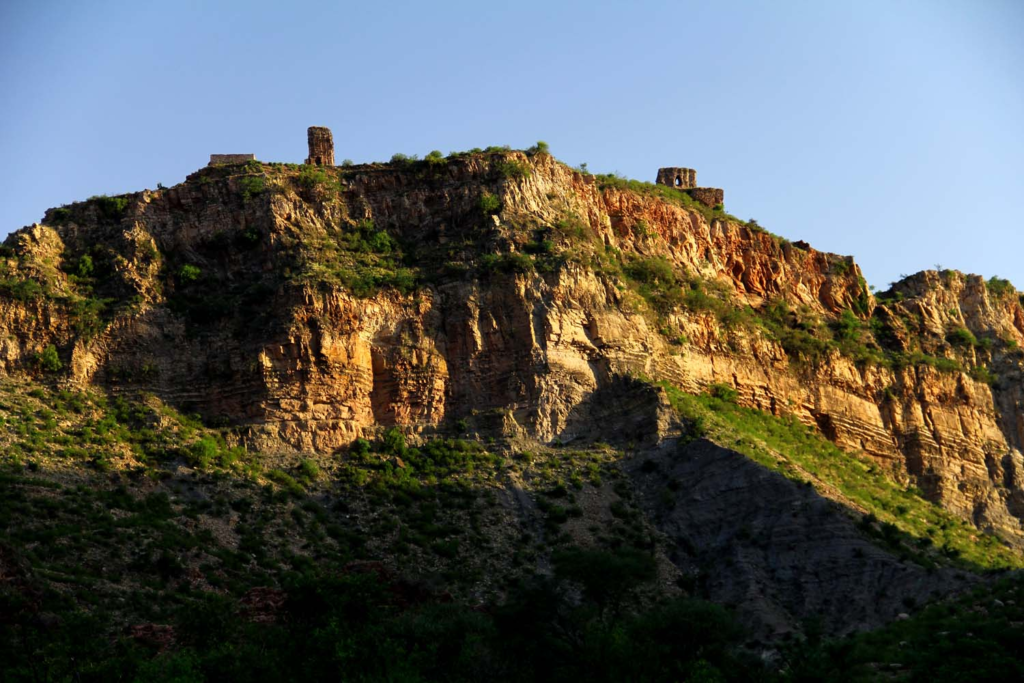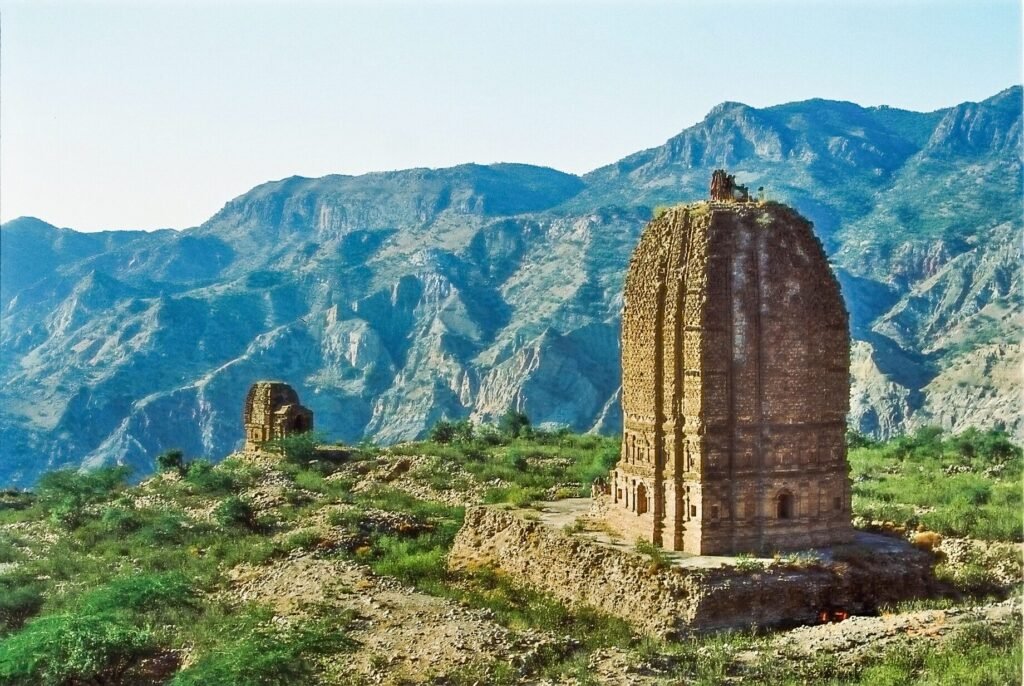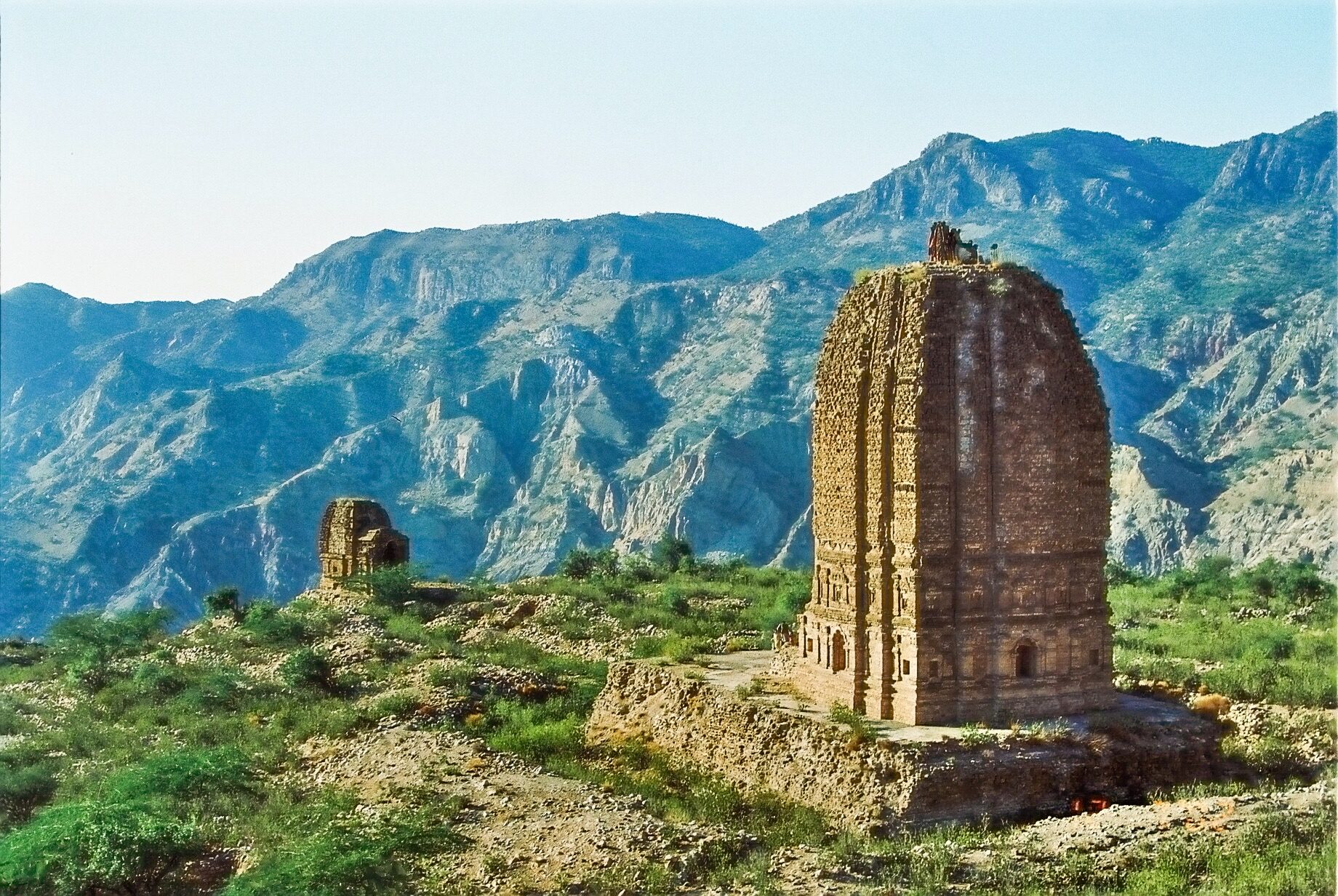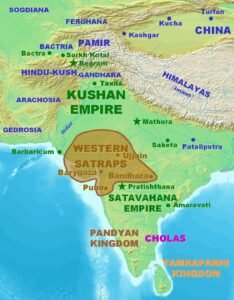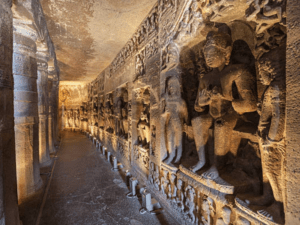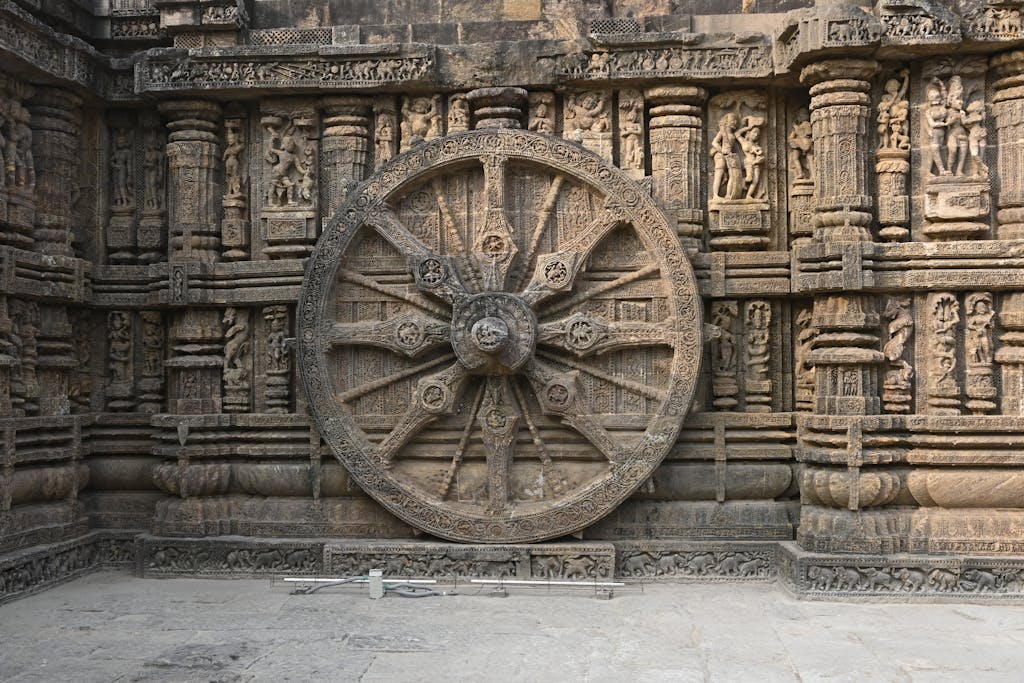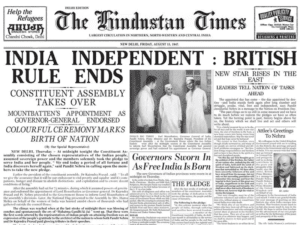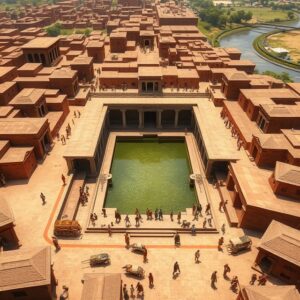Hindu Shahi Dynasty
The Hindu Shahi dynasty is one of the most fascinating yet often overlooked periods in South Asian history. Existing between the 9th and 11th centuries, this dynasty played a crucial role in shaping the political, cultural, and military landscape of the northwestern region of the Indian subcontinent, encompassing modern-day Afghanistan, Pakistan, and parts of northern India. The Hindu Shahi rulers are remembered for their resistance against foreign invasions, particularly the Ghaznavids, and their efforts to uphold Hindu traditions in a region increasingly influenced by Islamic conquests. This article delves into the origins, rise, administration, military campaigns, and eventual decline of the Hindu Shahi dynasty while also analyzing its historical significance and legacy.
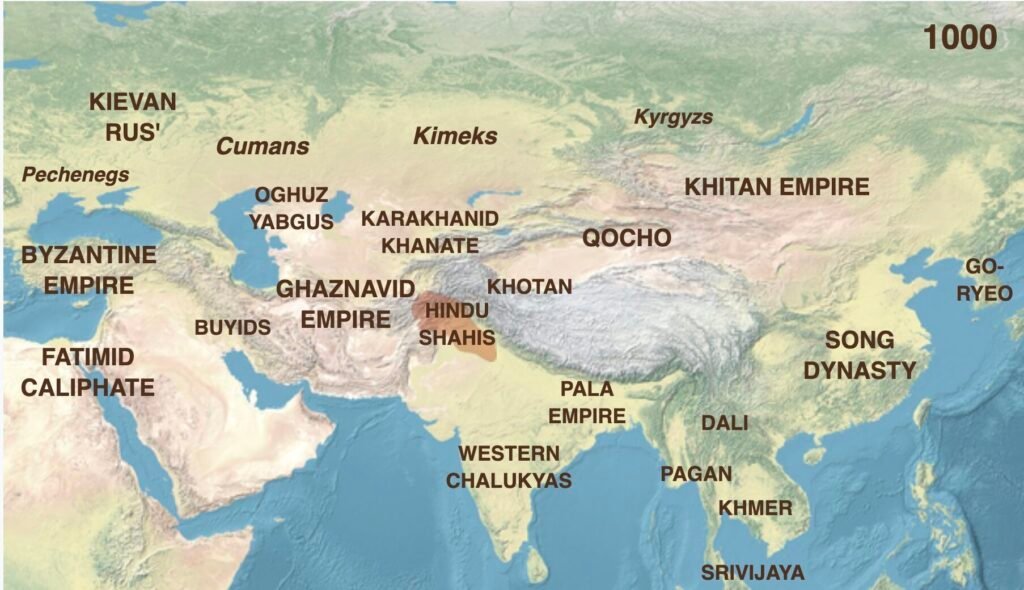
Origins of the Hindu Shahi Dynasty
The origins of the Hindu Shahi dynasty trace back to the earlier ruling houses of Kabul and Zabul. Before the establishment of the Hindu Shahis, the region was under the rule of the Turkic Shahis dynasty that ruled parts of present-day Afghanistan and northwestern Pakistan before the rise of the Hindu Shahi dynasty. They were originally of Turkic origin and governed the region from around the 7th to the 9th century. The Turkic Shahis were successors to the earlier Kushano-Hephthalite rulers and initially followed Buddhism. However, over time, some of them gradually adopted Hinduism, leading to a cultural transition in the region.
The last ruler of the Turkic Shahi dynasty was overthrown by Kallar, a Brahmin minister, who then established the Hindu Shahi dynasty in the late 9th century. The Hindu Shahis continued to rule the same region and resisted Islamic invasions for several centuries.
The Hindu Shahis initially controlled territories around Kabul, Gandhara, and the Punjab region. They continued to resist the growing influence of Islamic powers, particularly the Abbasids and later the Ghaznavids. The dynasty maintained its capital at places like Hund and later at Lahore, reflecting their strategic approach to governance and defense.
The Rise of the Hindu Shahis
Under Kallar and his successors, the Hindu Shahi dynasty strengthened its rule and fortified its territories against external threats. The most notable rulers of this dynasty included Jayapala, Anandapala, and Trilochanapala, who actively resisted invasions from Central Asia.
- Kallar (c. 850–880 CE)
- Founder of the Hindu Shahi dynasty after overthrowing the last Turkic Shahi ruler. Strengthened Hindu rule in the region and established a strong administrative system. Promoted religious and cultural traditions of Hinduism and Buddhism.
- Vakahadeva (c. 880–900 CE)
- Successor of Kallar who maintained stability in the kingdom. Engaged in diplomatic efforts to strengthen ties with neighboring kingdoms. Focused on economic development and infrastructure projects.
- Kamalu (c. 900–950 CE)
- Expanded the kingdom’s influence and fortified strategic locations. Encouraged trade and cultural exchanges within the region. Promoted the construction of temples and learning centers.
- Bhimadeva (c. 950–964 CE)
- Strengthened military defenses in response to increasing threats from the Ghaznavids. Known for his patronage of Hindu temples and educational institutions. Developed a well-organized administrative system to manage state affairs.
- Jayapala (964–1001 CE)
- Jayapala was one of the most prominent rulers of the Hindu Shahi dynasty. His reign was marked by continuous conflicts with the Ghaznavid Empire, particularly with Sultan Sabuktigin and later his son, Mahmud of Ghazni. Jayapala attempted to preemptively strike against Sabuktigin but was ultimately defeated in the battle of Laghman.
- Despite his losses, he continued to put up a determined resistance. However, the most significant defeat came in the Battle of Peshawar in 1001 CE, where Jayapala suffered a crushing loss against Mahmud of Ghazni. Humiliated by his failure, he self-immolated, passing the throne to his son Anandapala.
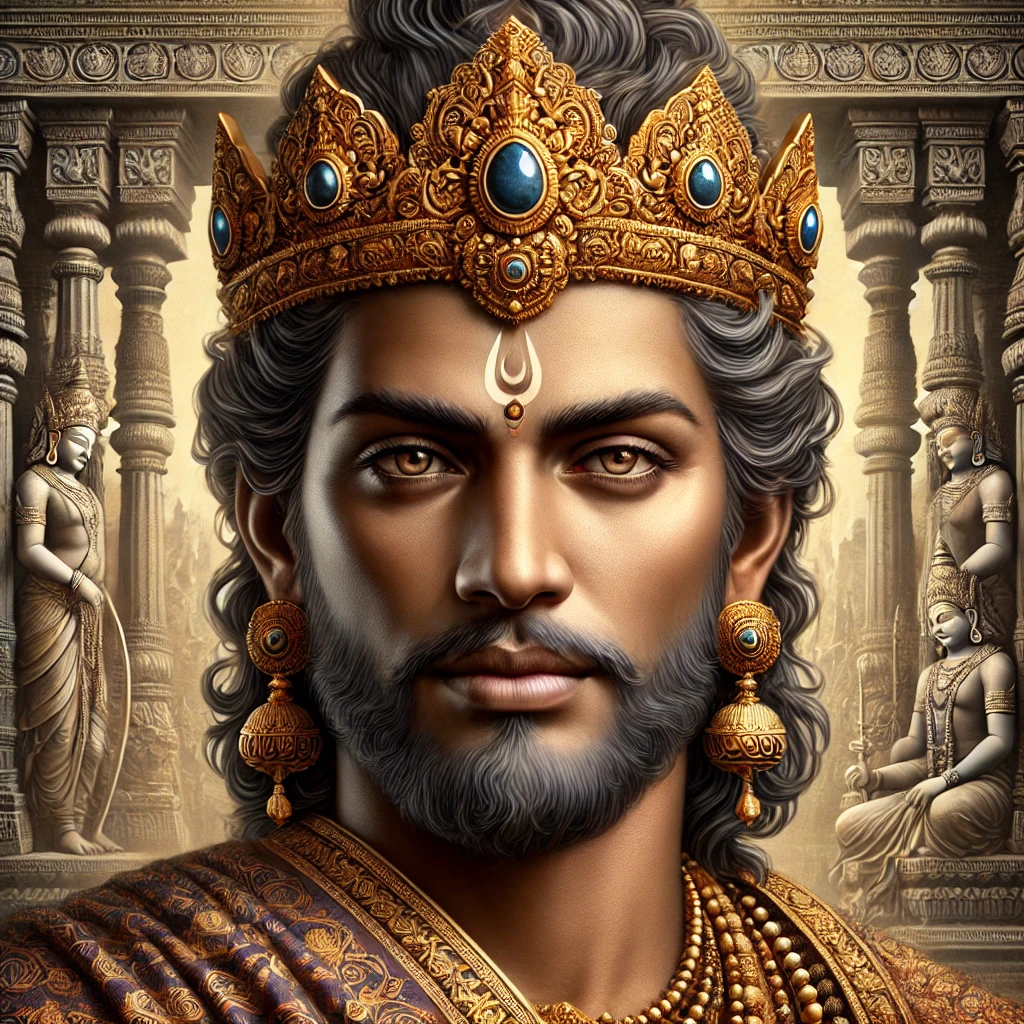
- Anandapala (1001–1010 CE)
- Anandapala inherited his father’s struggles against Mahmud of Ghazni. He formed alliances with other Hindu rulers, hoping to counter the Ghaznavid threat. His most notable military engagement was the Battle of Waihind (1008 CE), where he led a coalition of Rajput and other Hindu forces against Mahmud.
- Despite a promising start, Anandapala’s forces were eventually defeated due to internal divisions and superior Ghaznavid military strategies. His defeat significantly weakened the Hindu Shahi dynasty’s hold over the region.
- Trilochanapala (1010–1021 CE)
- Trilochanapala, the successor of Anandapala, continued to resist the Ghaznavids. He attempted to regroup his forces and even shifted his base to the Kashmir region. Despite his efforts, the Hindu Shahis suffered continued losses, and the dynasty gradually lost control over its territories. By the mid-11th century, the last remnants of the Hindu Shahi rule were absorbed by the Ghaznavids, marking the end of an era.
- Bhimapala (1021–1026 CE)
- The last ruler of the Hindu Shahi dynasty. Tried to reclaim lost territories but failed against Ghaznavid expansion. His defeat marked the official end of the Hindu Shahi dynasty.
Administration and Governance
The Hindu Shahi rulers followed a well-structured administrative system that reflected a blend of indigenous Indian governance and influences from Central Asian polities. The king was the supreme authority, assisted by ministers and military commanders. The dynasty promoted Hindu religious traditions while also accommodating Buddhist influences that had been present in the region for centuries.
Economic and Trade Policies: The Hindu Shahi rulers maintained trade relations with neighboring regions, including Central Asia, Persia, and the Indian heartland. The control of strategic trade routes, such as those passing through the Khyber Pass, allowed the dynasty to facilitate commerce and taxation.
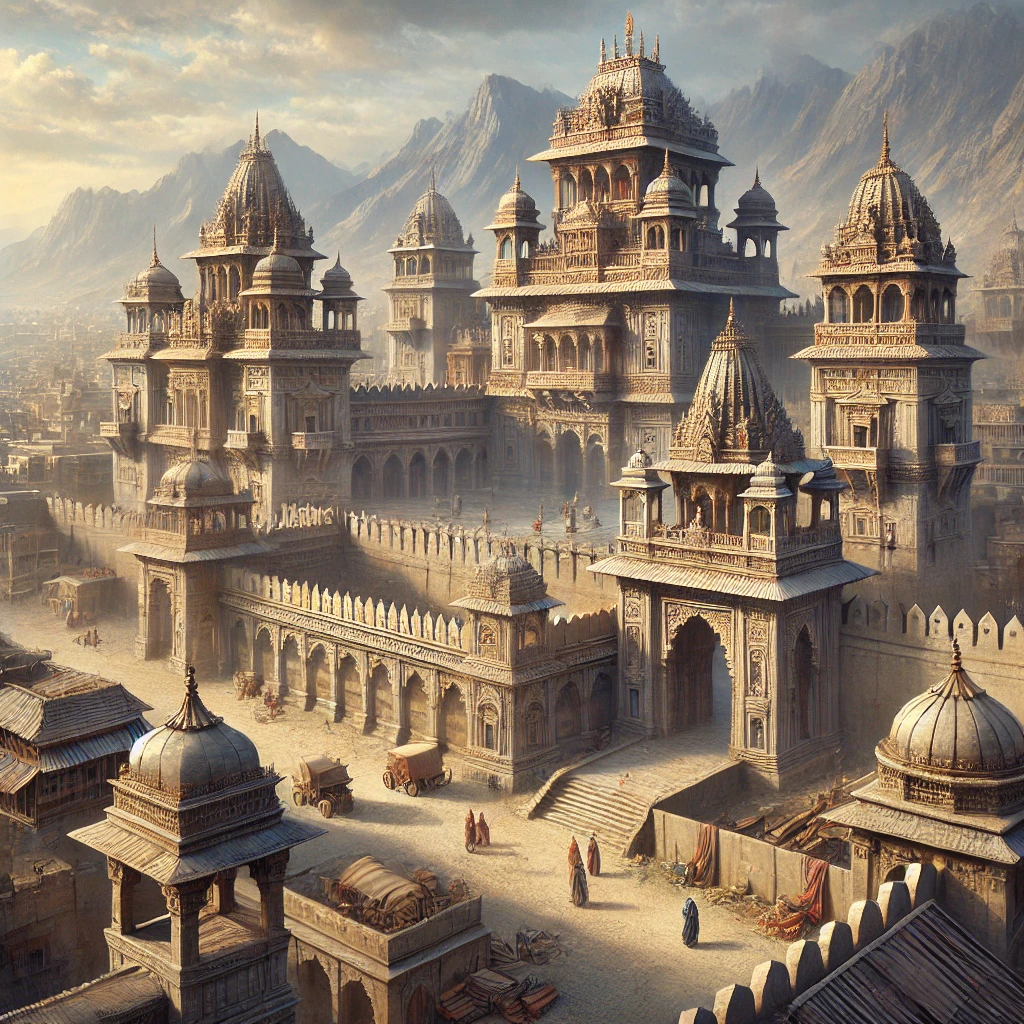
Religious and Cultural Contributions: The Hindu Shahis were great patrons of Hinduism and Buddhism. They supported the construction of temples and monasteries and promoted Sanskrit learning. The dynasty also played a role in preserving ancient Indian traditions in an area increasingly influenced by Islamic rulers.
Military Strategies and Challenges
The Hindu Shahis relied on a well-trained army composed of infantry, cavalry, and war elephants. They built forts in strategic locations to defend their territories against external threats. However, their military faced several challenges:
- Technological Inferiority – The Ghaznavids had superior cavalry and siege warfare technology, giving them an edge in battles.
- Lack of Unity – The Hindu Shahi rulers often failed to secure consistent alliances with other Indian kingdoms, leading to their isolation.
- Economic Strain – Continuous warfare drained the state’s resources, making it difficult to sustain prolonged conflicts.
Decline and Fall
The decline of the Hindu Shahi dynasty was primarily caused by the relentless invasions led by Mahmud of Ghazni. Despite their determination, the Hindu Shahis could not match the superior military strength and tactics of the Ghaznavid forces.
- Repeated Defeats: The Hindu Shahis faced a series of crushing defeats, beginning with Jayapala’s loss to Sabuktigin and continuing under Anandapala and Trilochanapala. The Battle of Peshawar (1001 CE) and the Battle of Waihind (1008 CE) were turning points that significantly weakened the dynasty’s hold over its territories.
- Loss of Key Territories: After the fall of Waihind, Anandapala lost control over much of Punjab. Trilochanapala tried to resist by seeking refuge in Kashmir and other mountainous regions, but his resources and military strength were severely depleted. Eventually, the Ghaznavids overran the last remaining strongholds.
- Political Fragmentation: The Hindu Shahis struggled to form strong alliances with other Indian kingdoms. Many Rajput rulers and local chiefs were hesitant to fully support them, leading to a lack of unity that contributed to their downfall.
- Economic Decline: The constant wars drained the state’s treasury, leaving it vulnerable to internal instability. Without sufficient funds to maintain their armies and fortifications, the Hindu Shahis could not sustain prolonged resistance against the well-equipped Ghaznavids.
- Islamic Expansion: Mahmud of Ghazni was not only motivated by conquest but also by the goal of spreading Islam in the region. His campaigns led to the destruction of many Hindu and Buddhist religious centers, further diminishing the cultural and political influence of the Hindu Shahis.
By the mid-11th century, the last remnants of the Hindu Shahi dynasty had disappeared, and their territories were fully absorbed into the Ghaznavid Empire. After Trilochanapala’s defeat, Hindu Shahis either assimilated into local ruling factions or migrated to regions like Kashmir. With this, a significant chapter in Indian history came to an end, marking the beginning of a new era dominated by Islamic rule in the northwestern region of the subcontinent.
Legacy and Significance
Despite their fall, the Hindu Shahi dynasty left a lasting impact on the history of the Indian subcontinent:
- Symbol of Resistance: Their prolonged resistance against the Ghaznavids is remembered as a crucial chapter in the early medieval defense of Hindu polities.
- Cultural Influence: The Hindu Shahis contributed to temple architecture and Sanskrit scholarship, leaving behind remnants of their influence in the Gandhara region.
- Historical Lessons: Their story highlights the importance of political unity among Indian rulers, a lesson that would become even more relevant during later Islamic invasions.
The Hindu Shahi dynasty played a critical role in the history of northern India and Afghanistan. Their resilience in the face of overwhelming odds and their contributions to Hindu culture in a frontier region make them an important yet underappreciated part of Indian history. While their kingdom eventually fell to the Ghaznavids, their legacy continues to inspire historians and scholars who seek to understand the complexities of medieval South Asian geopolitics. The Hindu Shahis stand as a testament to the enduring spirit of resistance and cultural preservation in the face of adversity.

